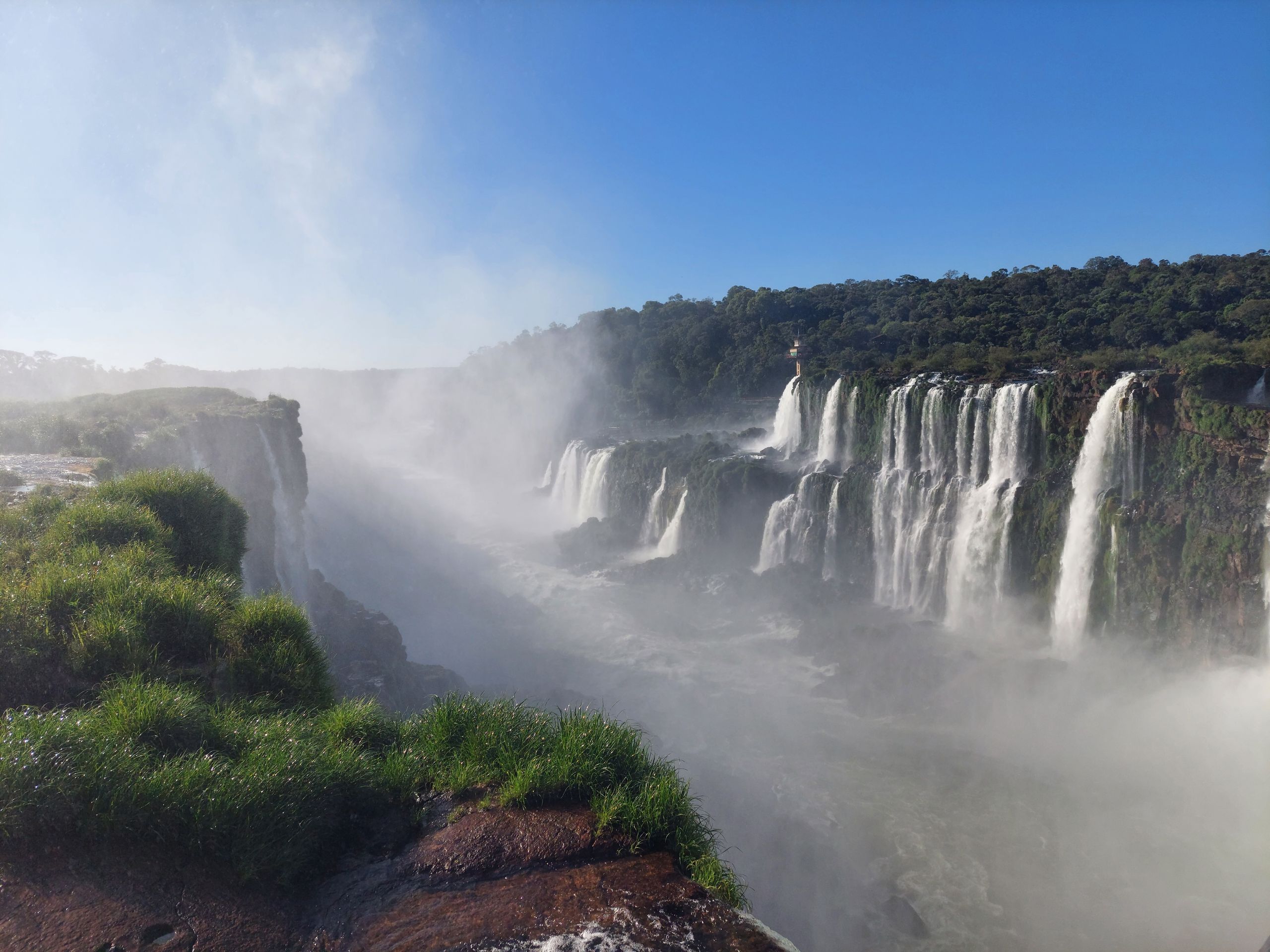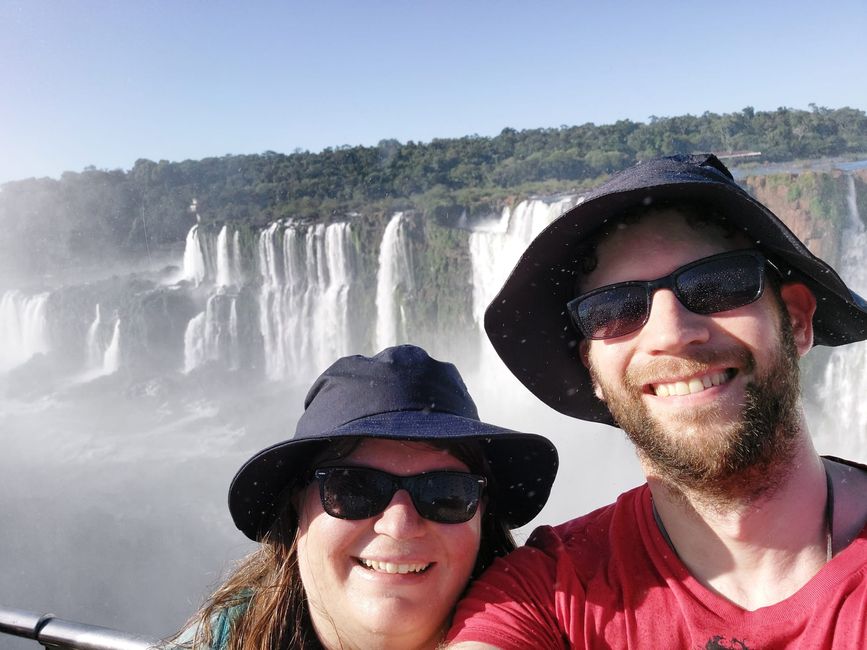Buenos Aires
Diterbitkan: 11.04.2023
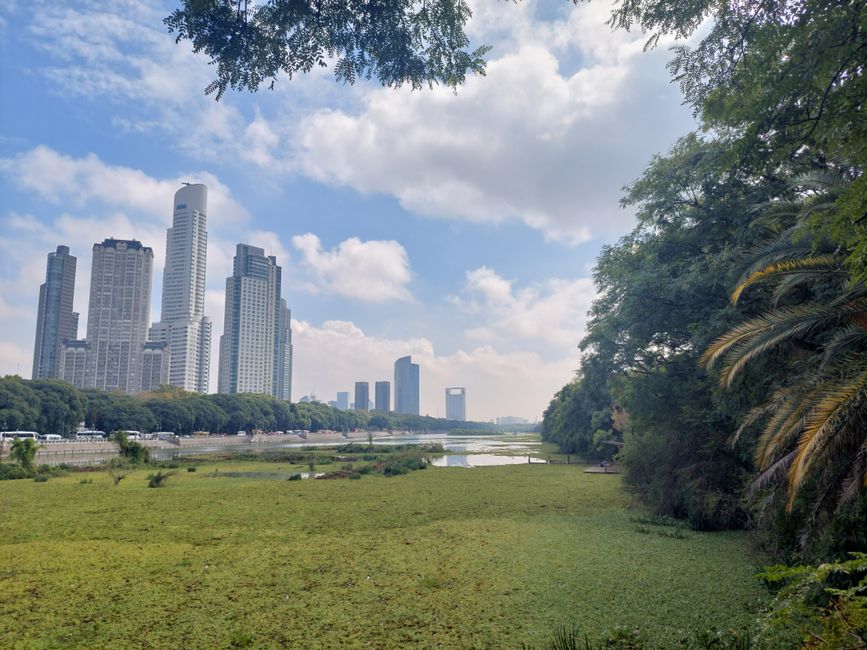
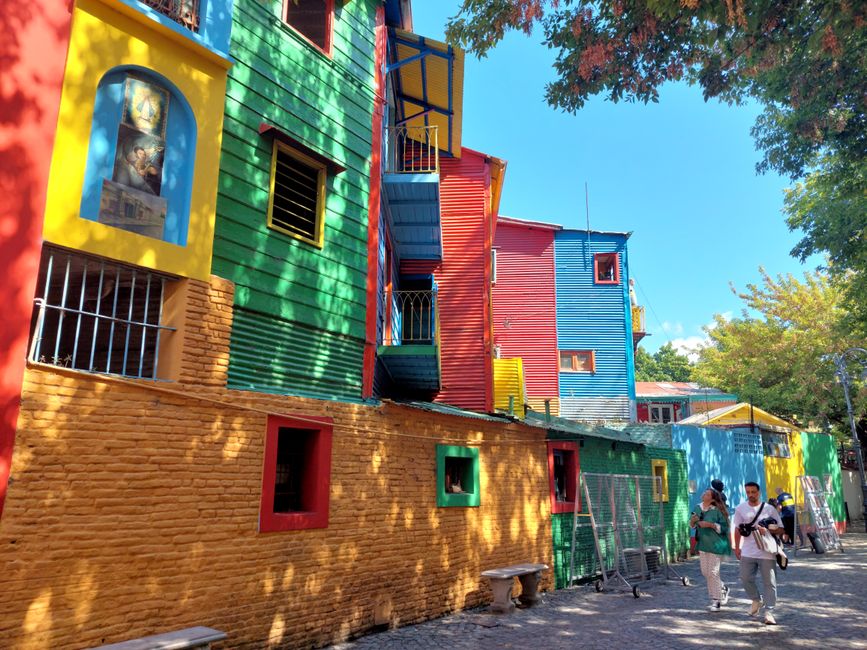
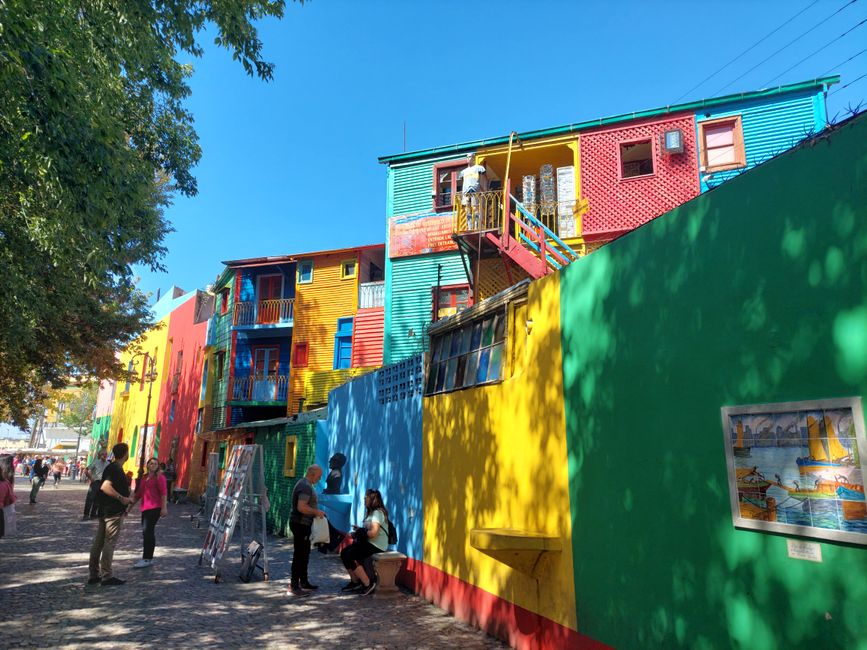
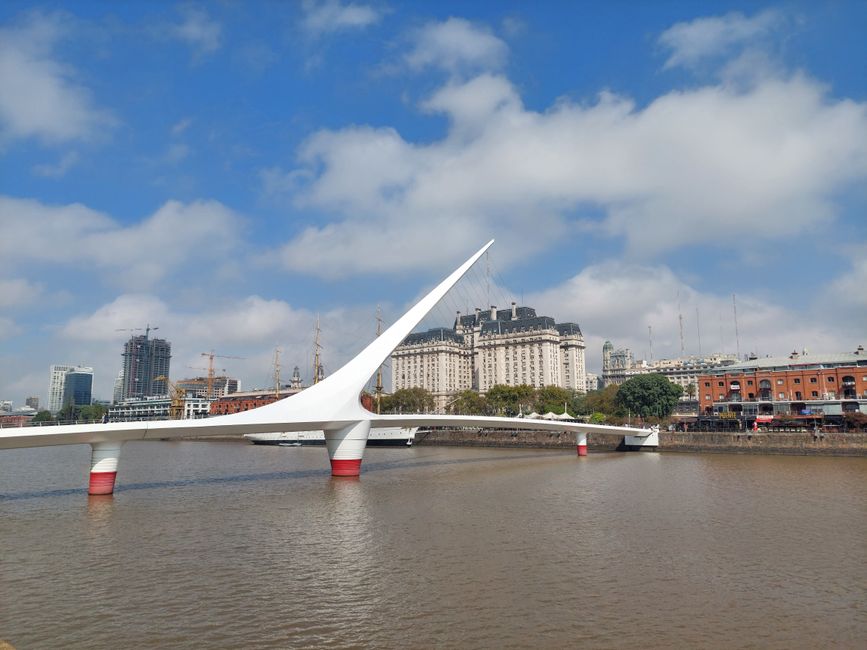
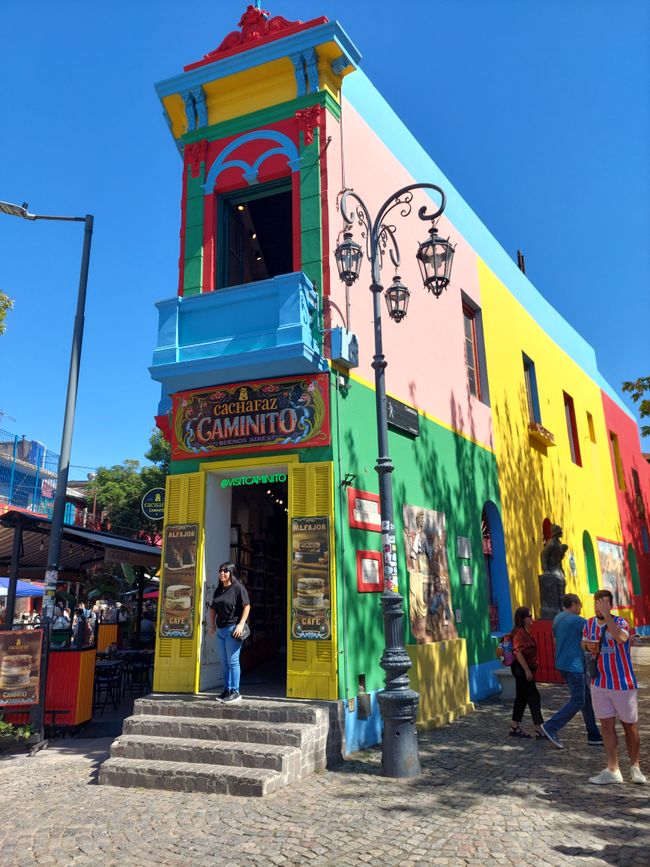
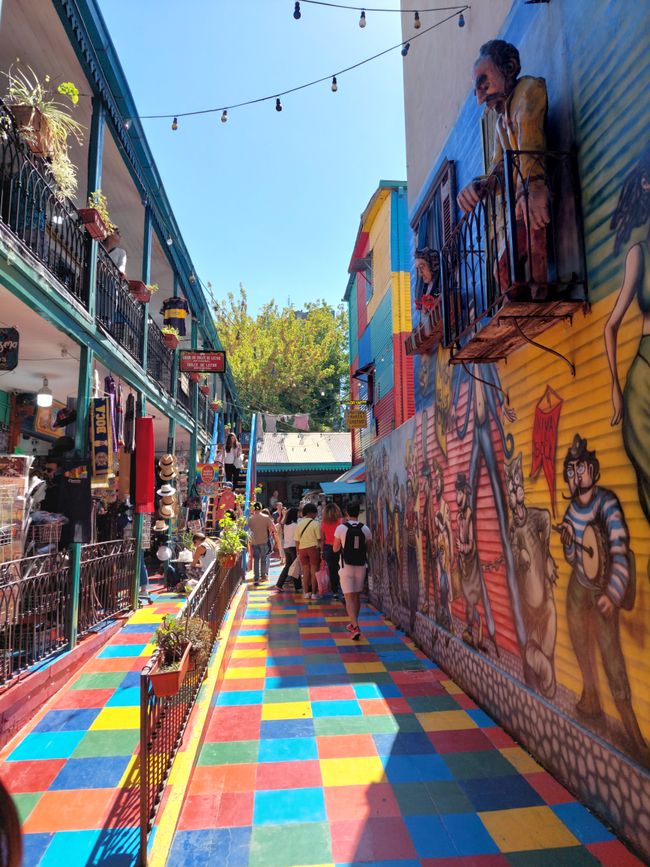
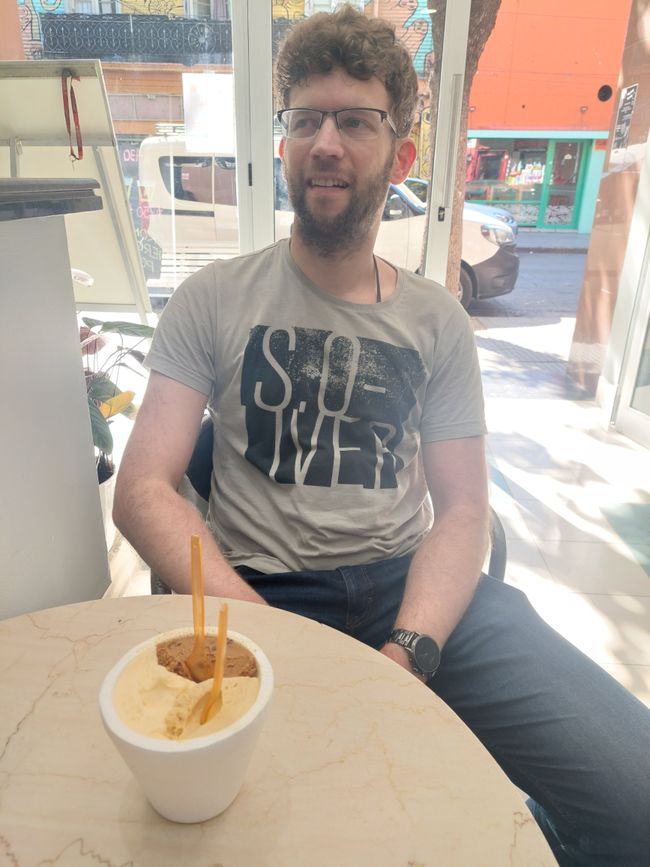
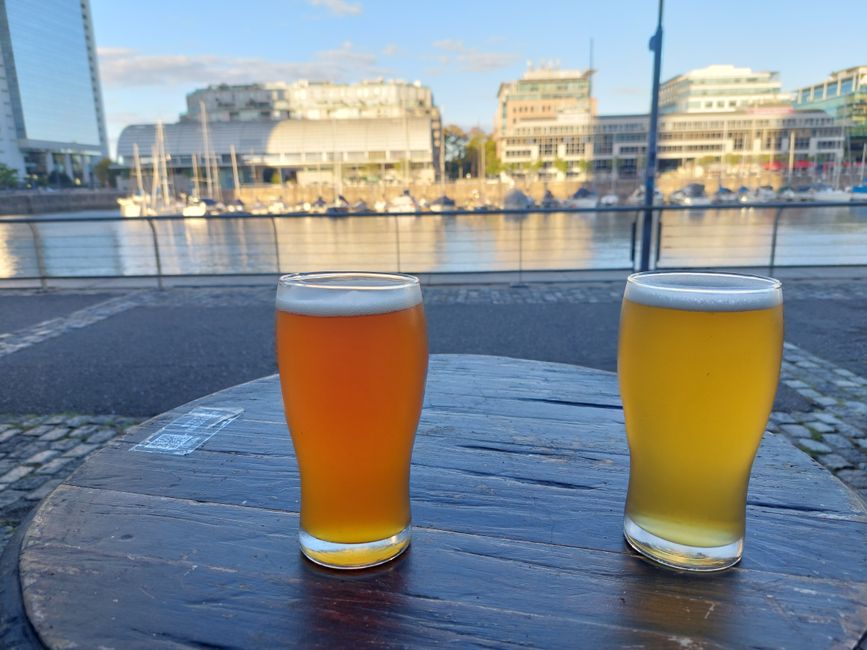
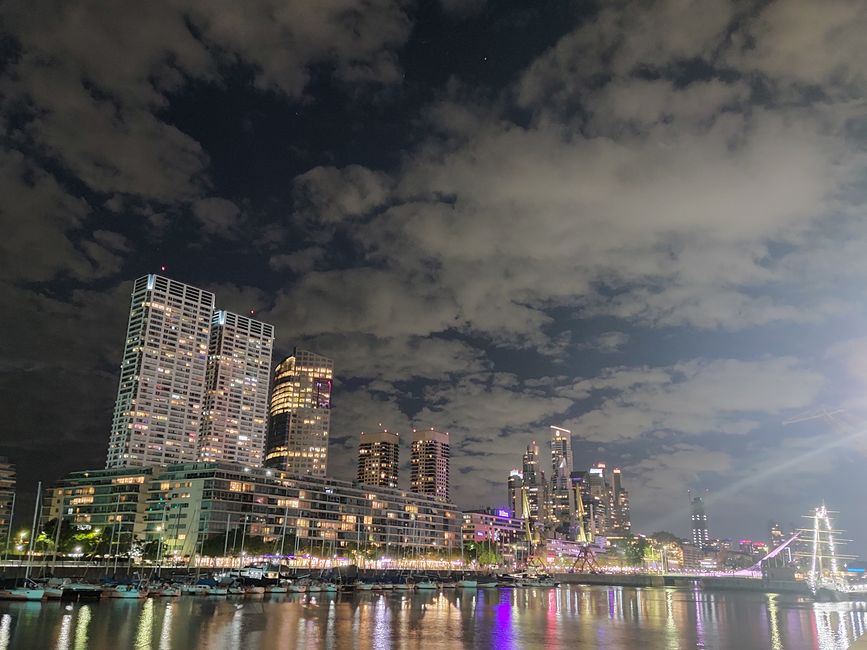
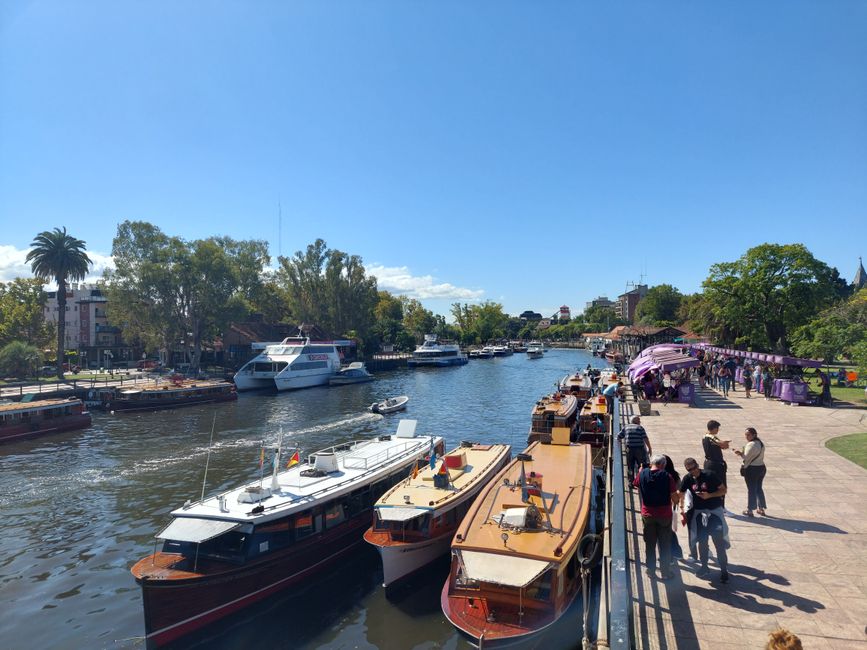
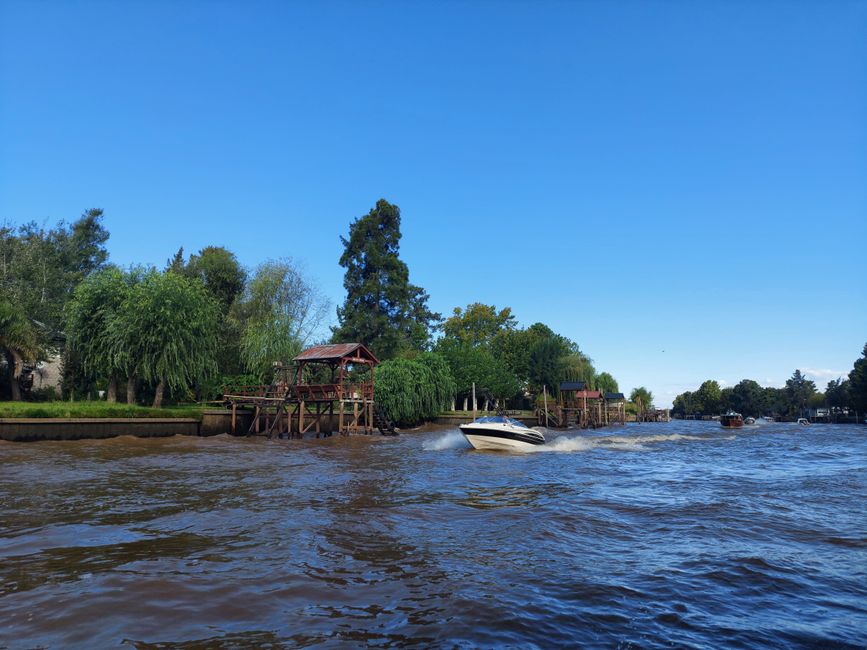
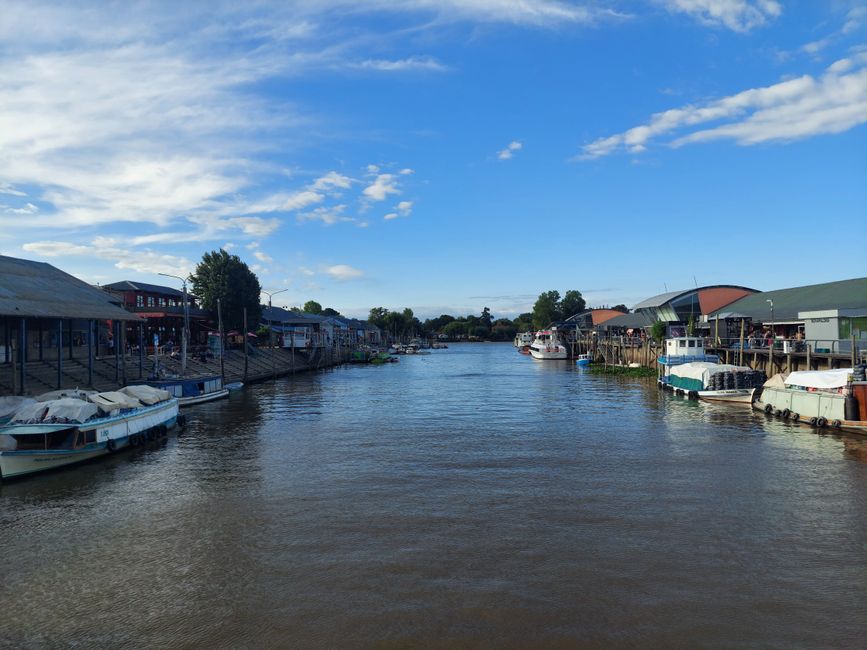
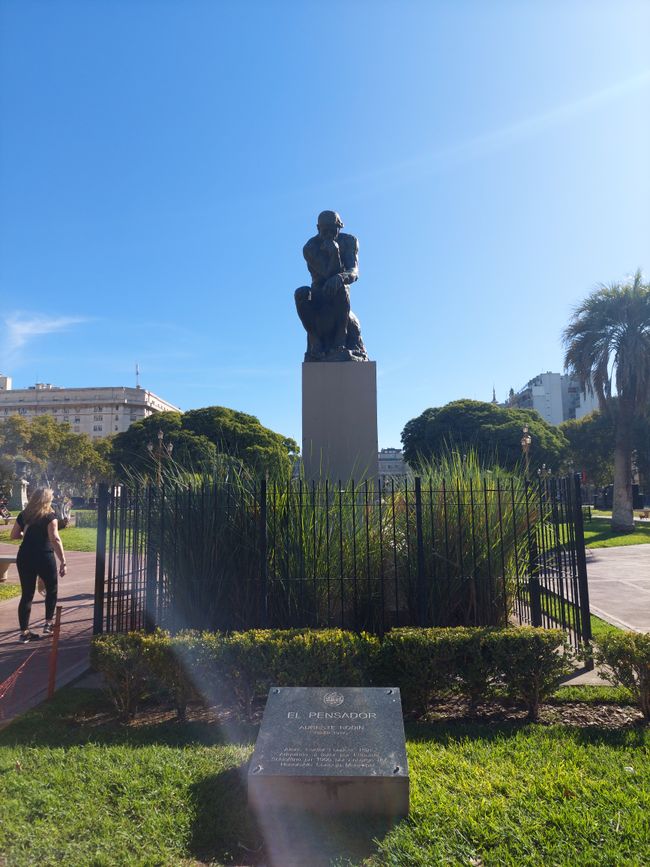

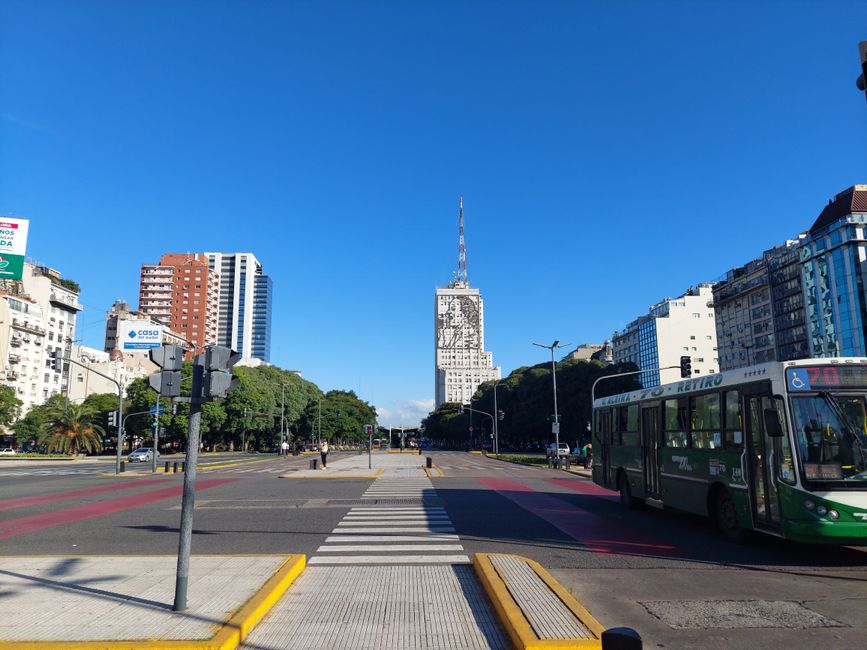
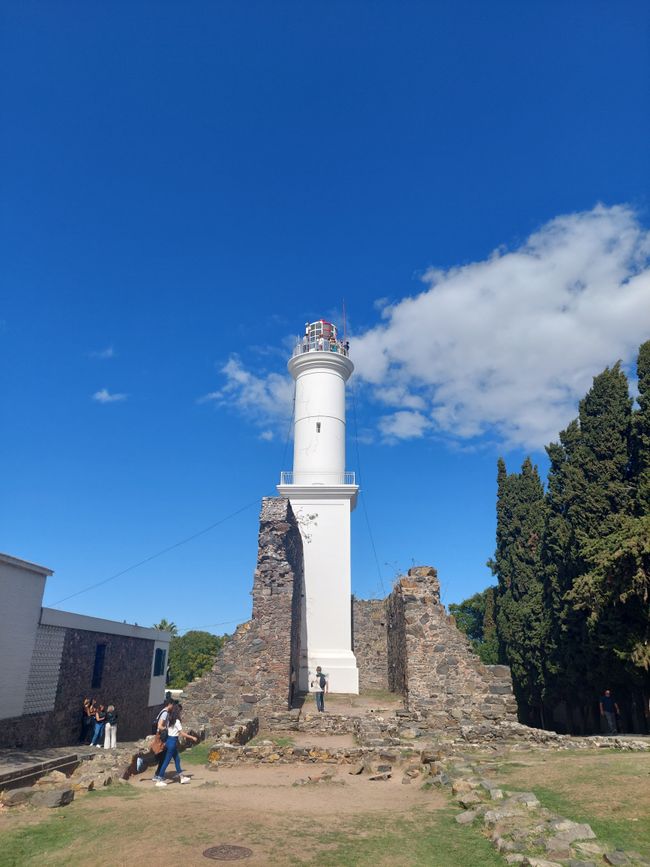
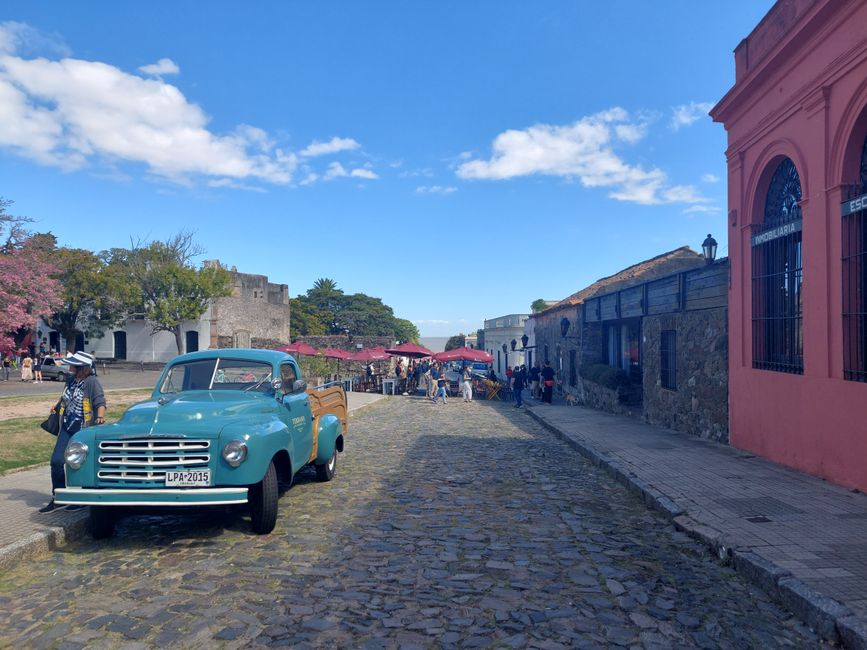
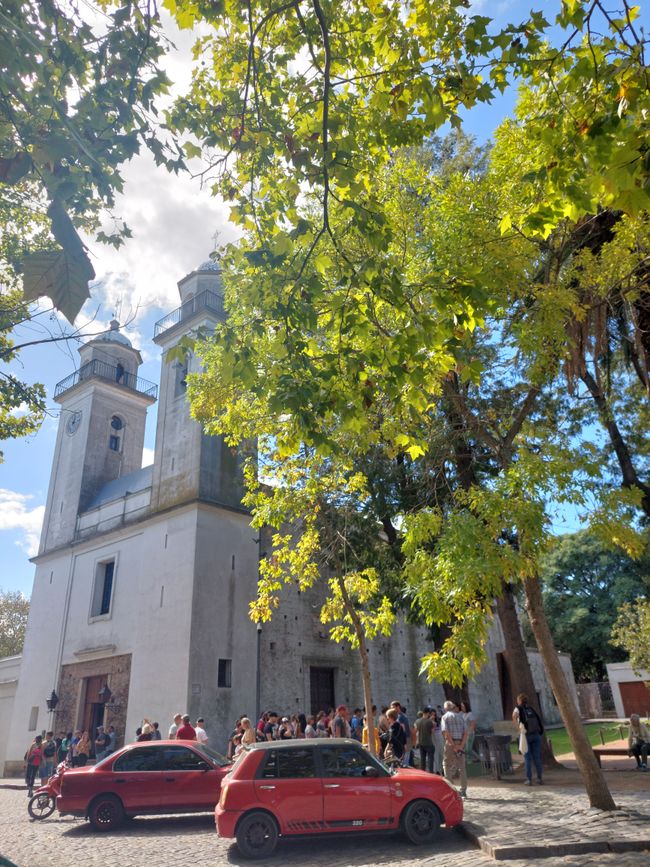
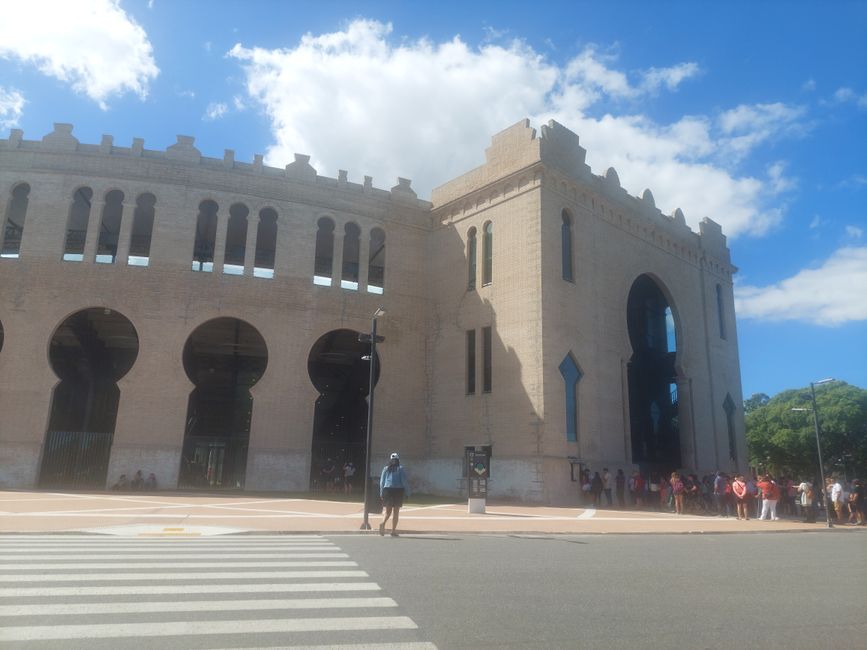
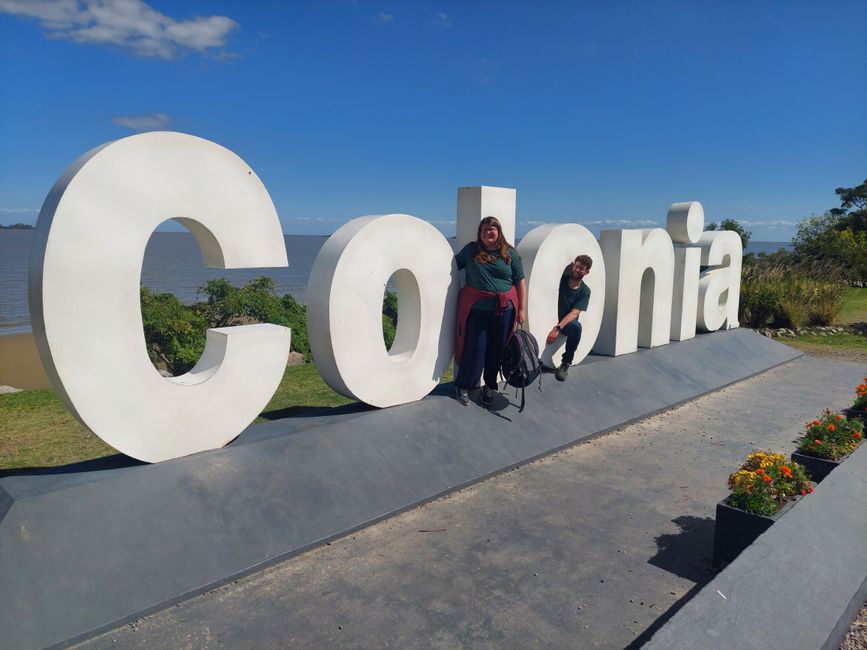
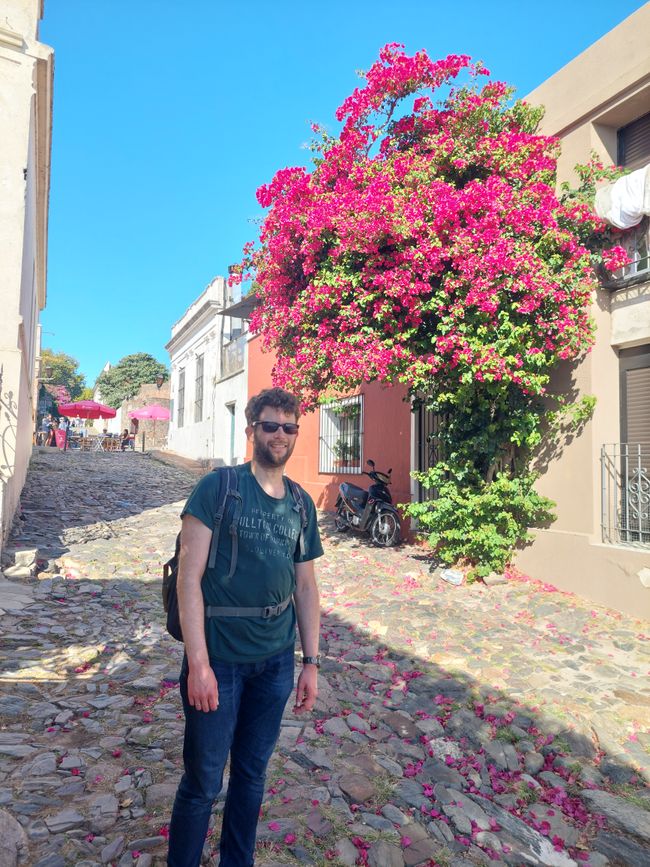
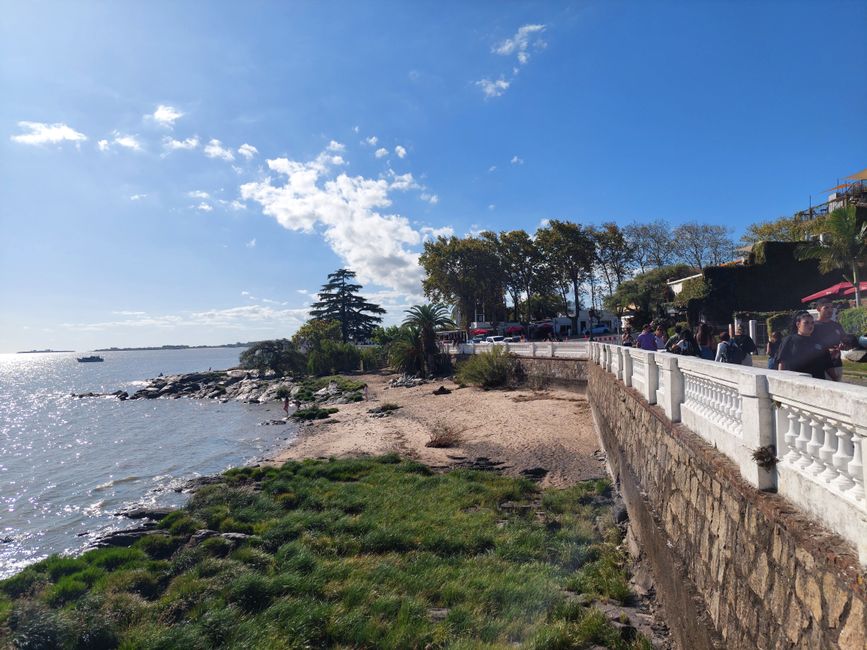
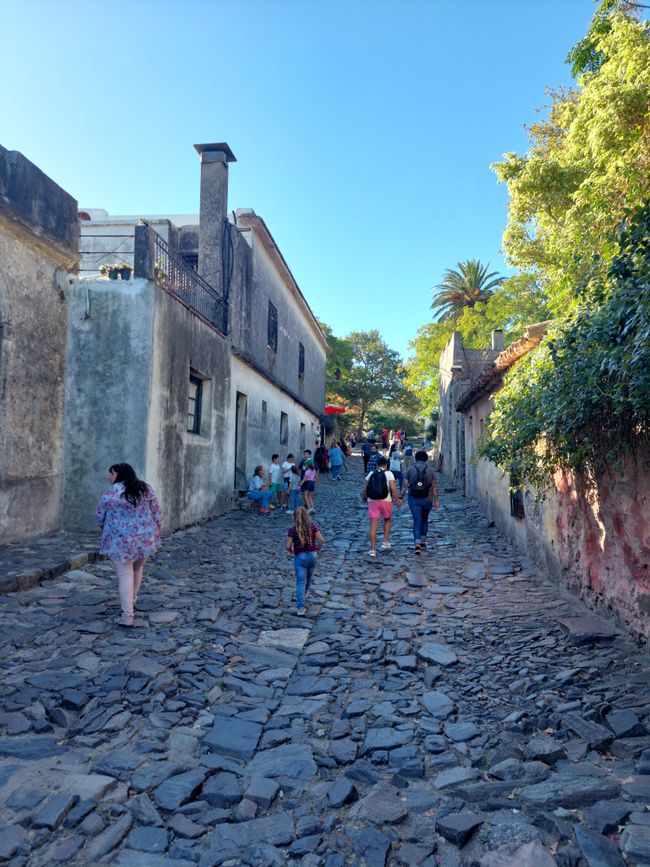
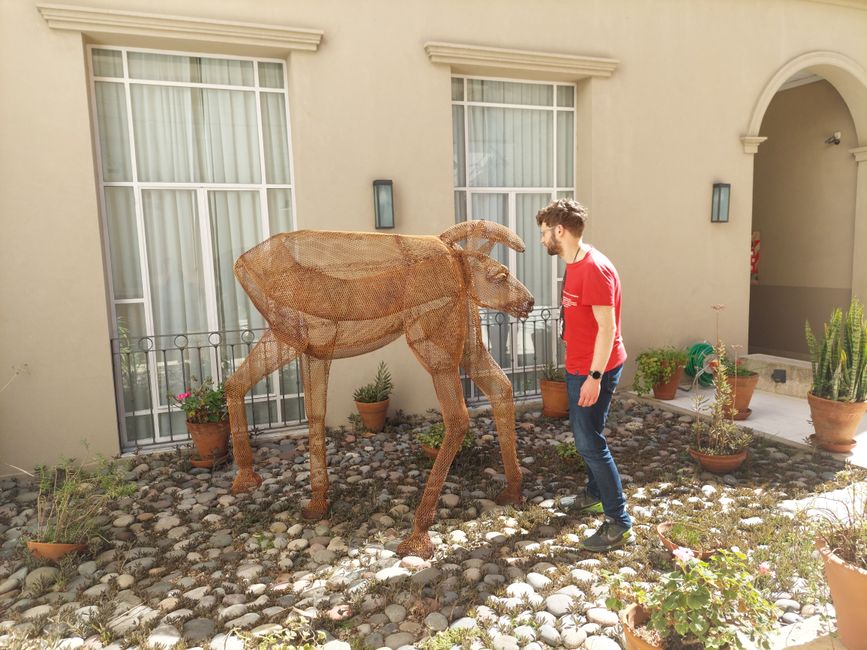
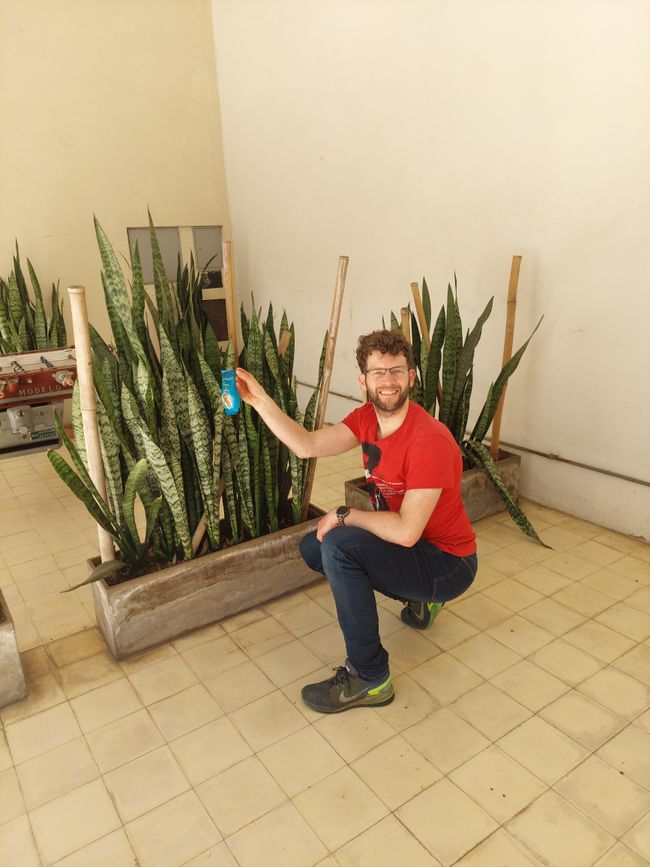
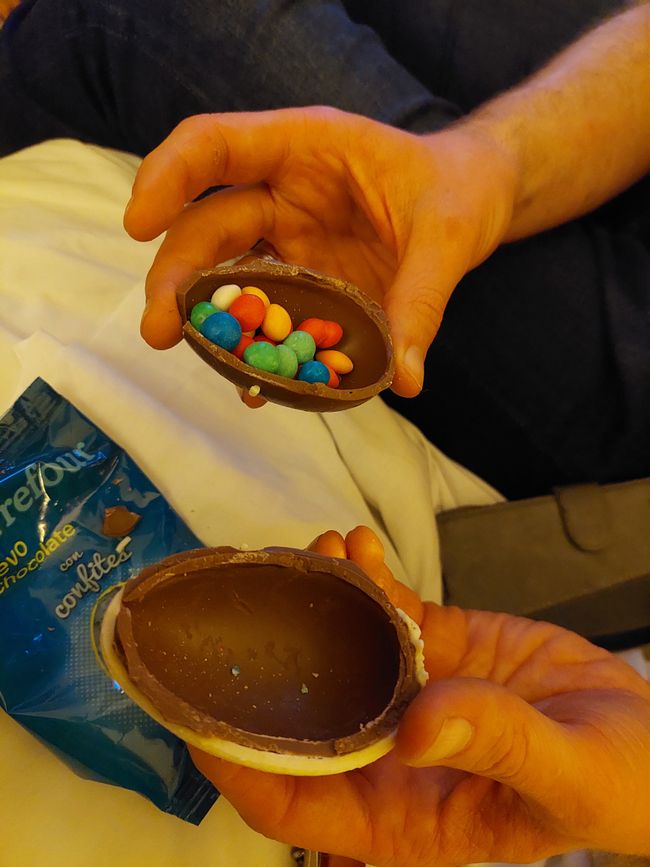
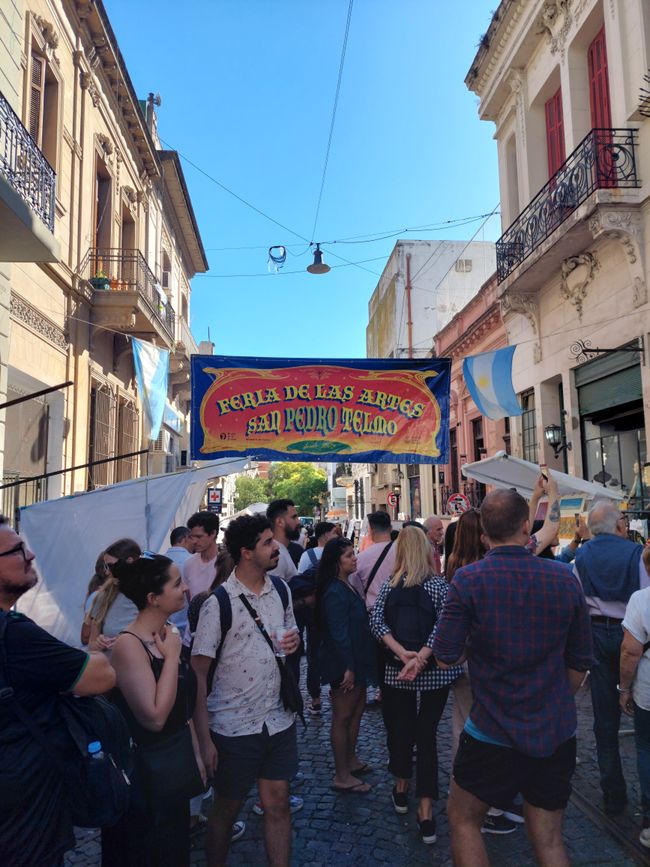
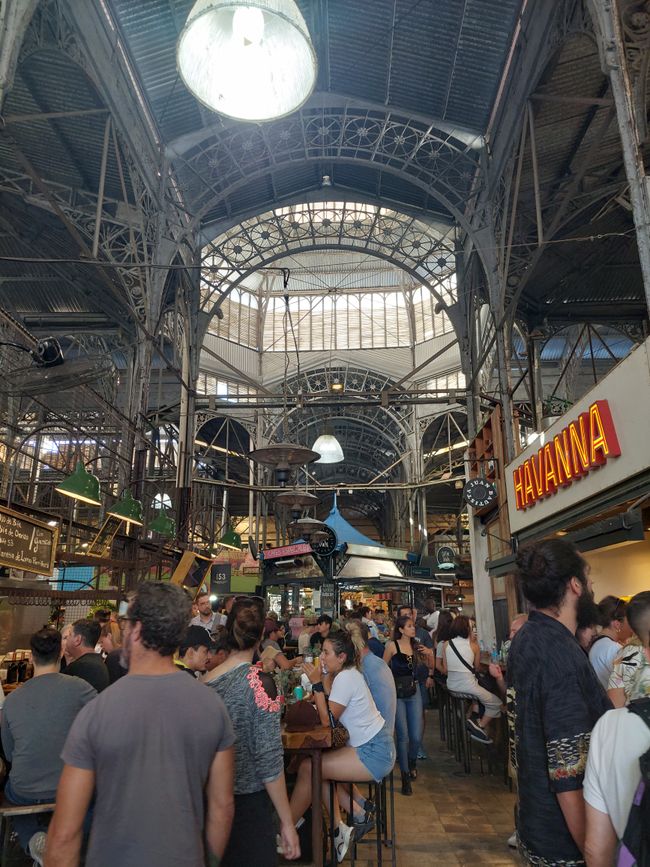
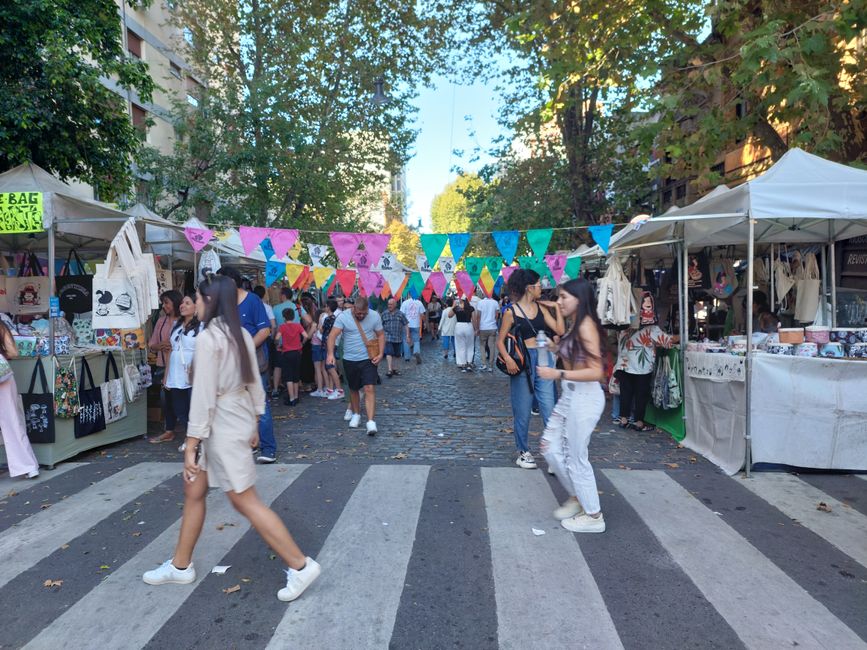
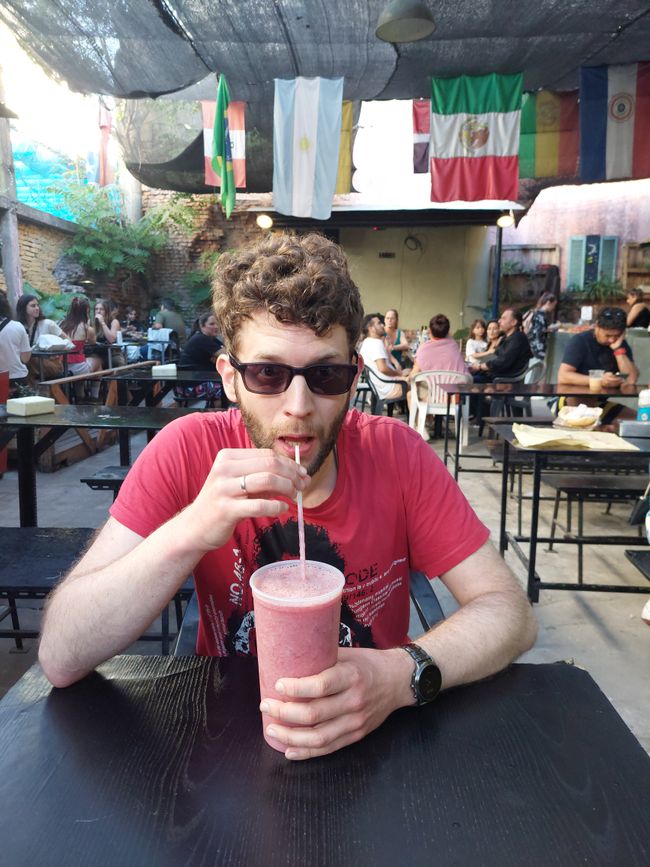
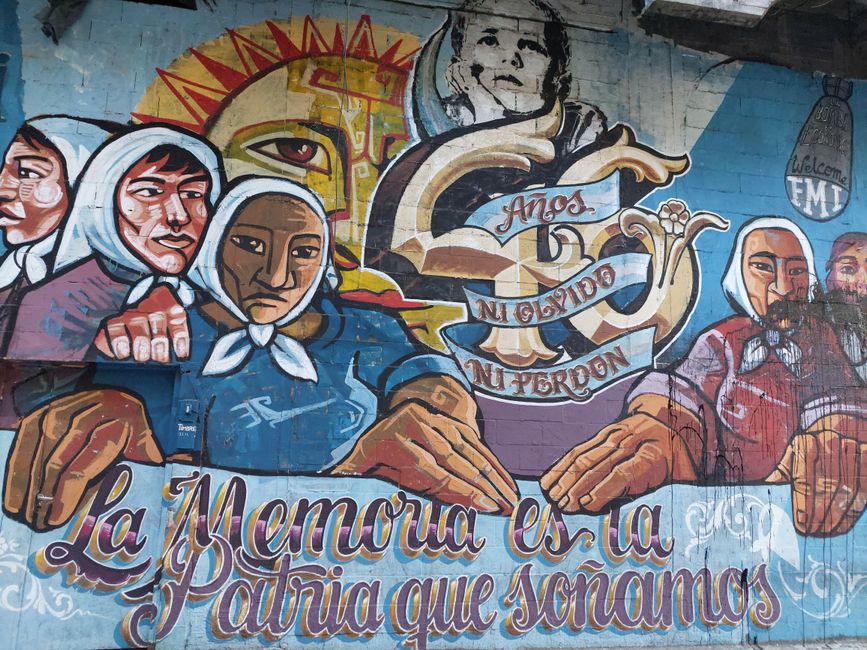
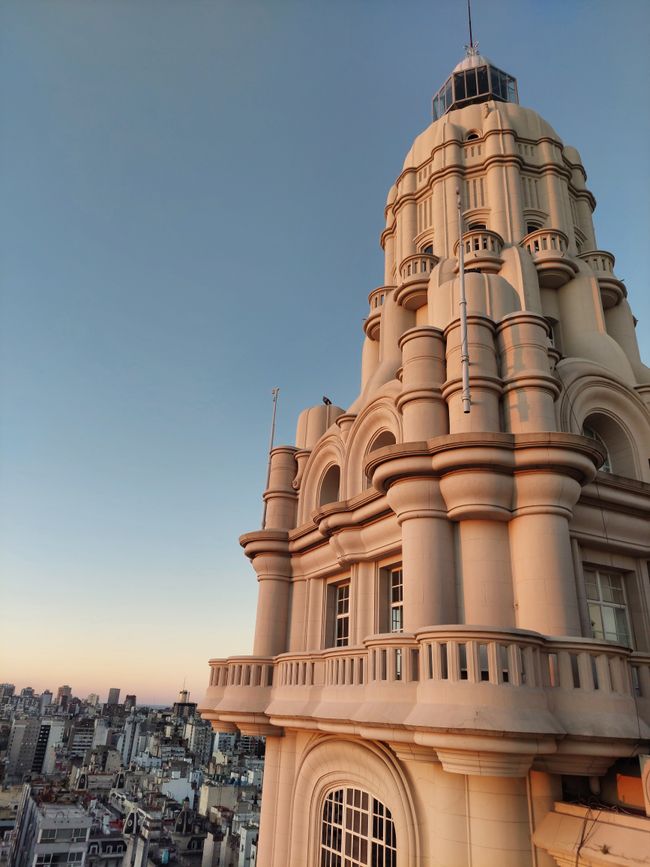
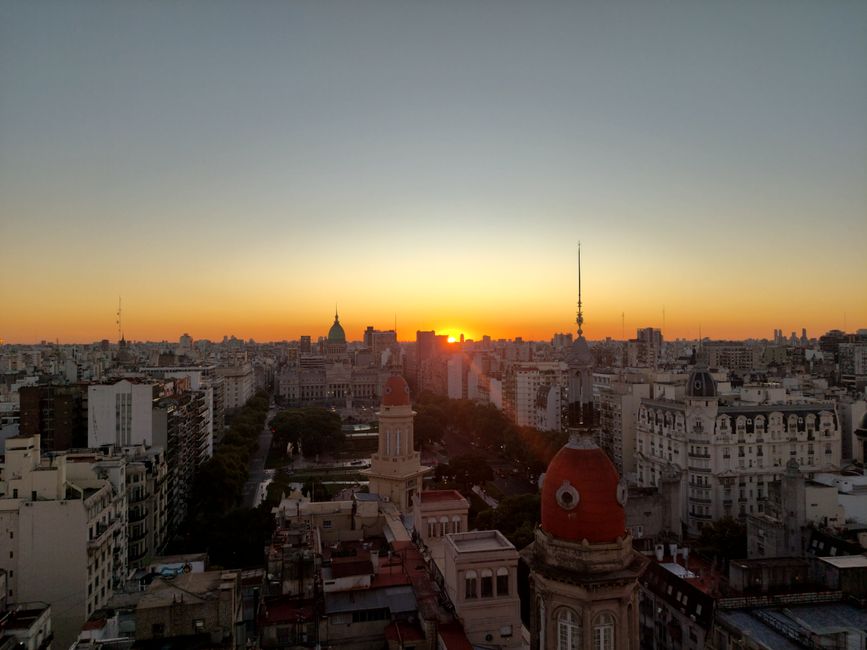
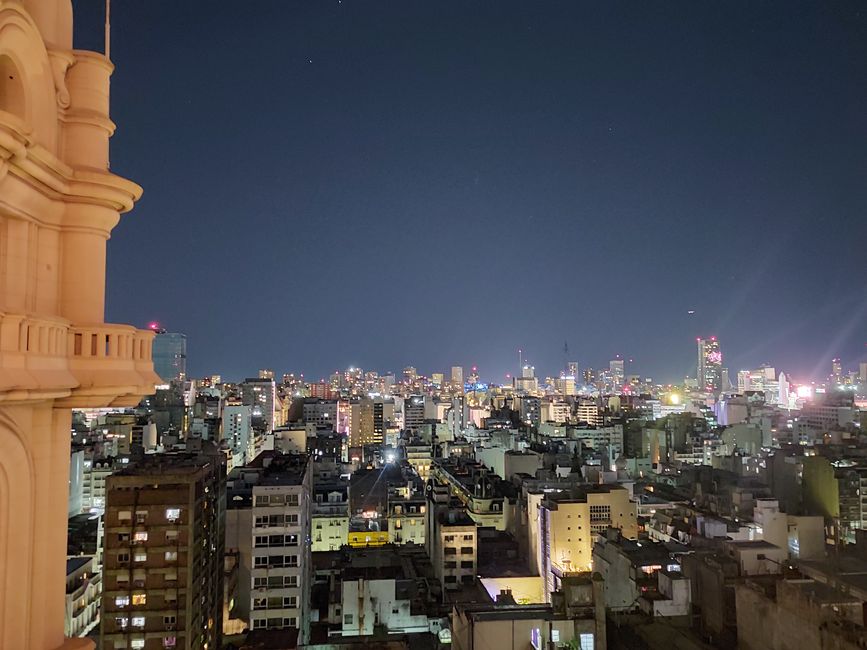
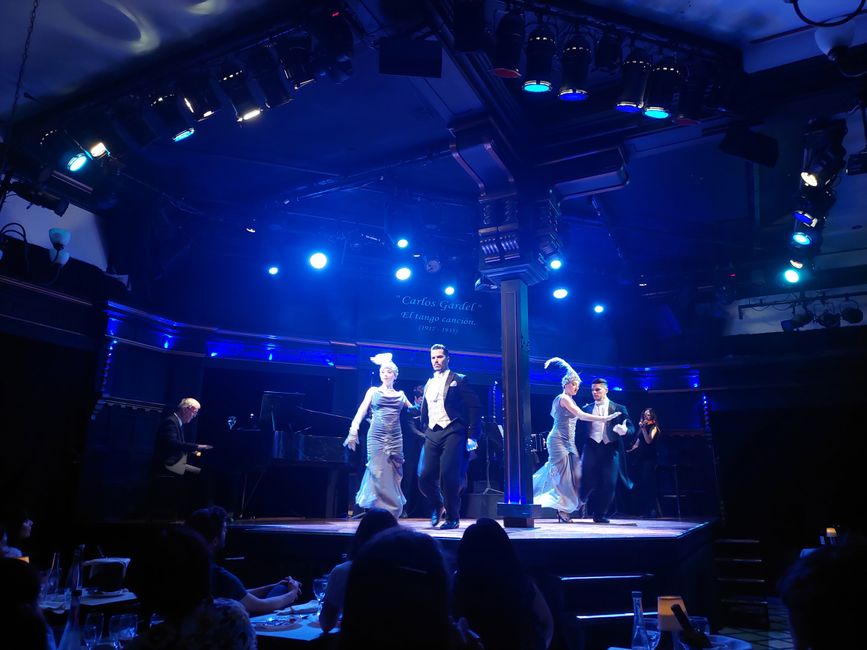
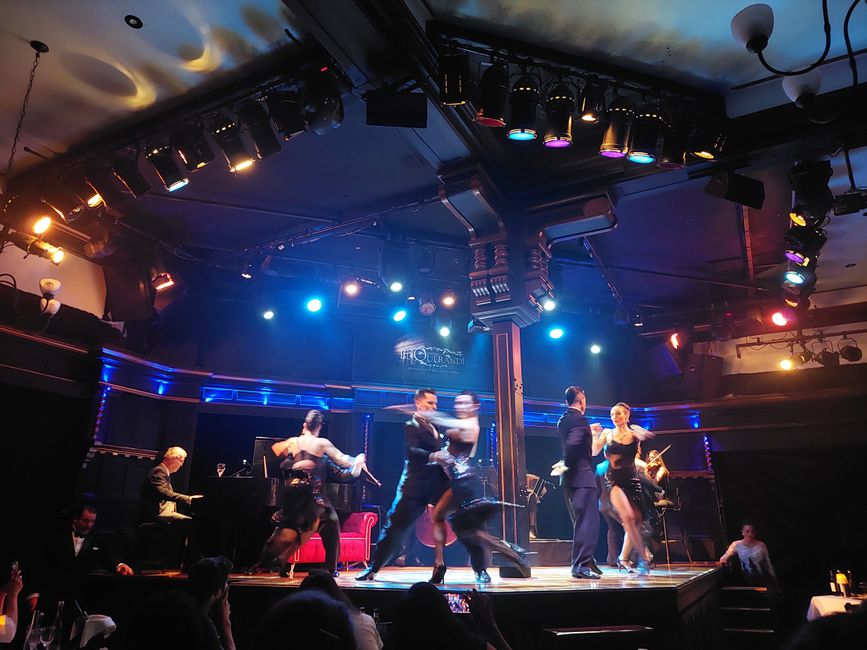
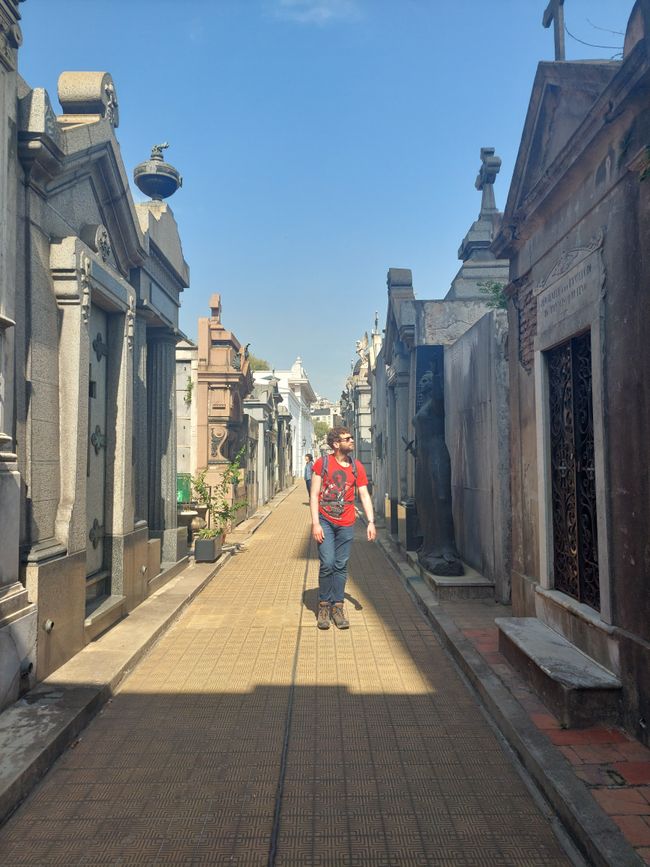
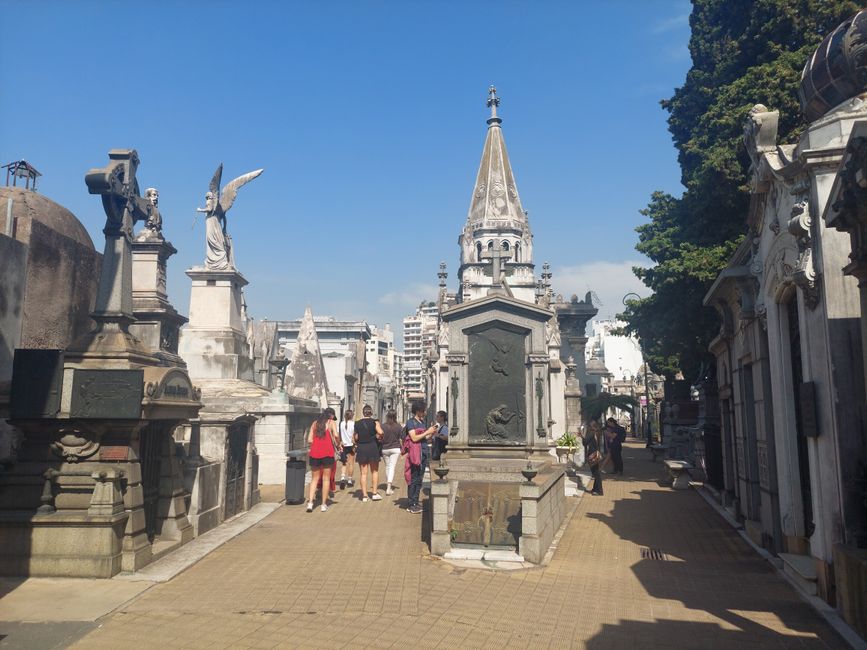
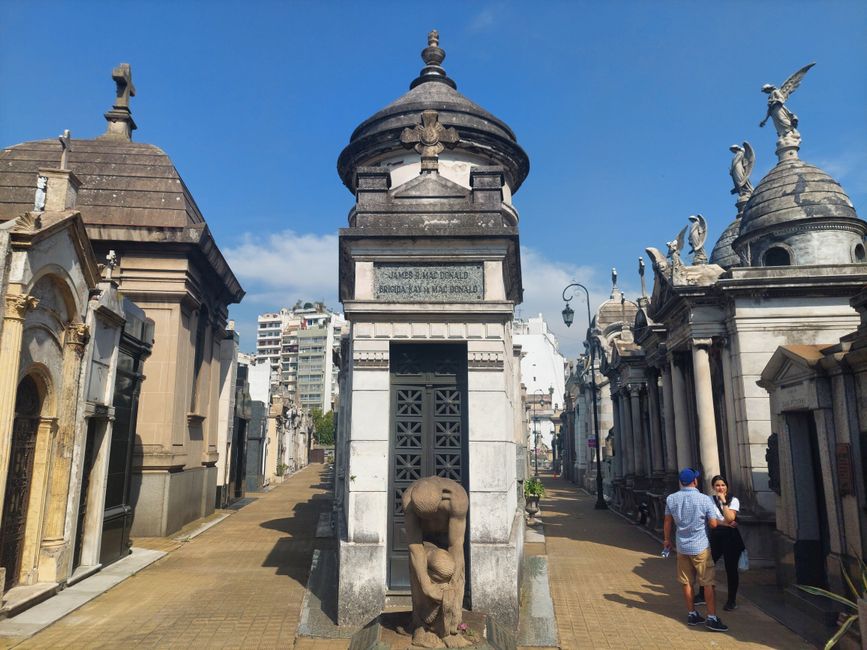
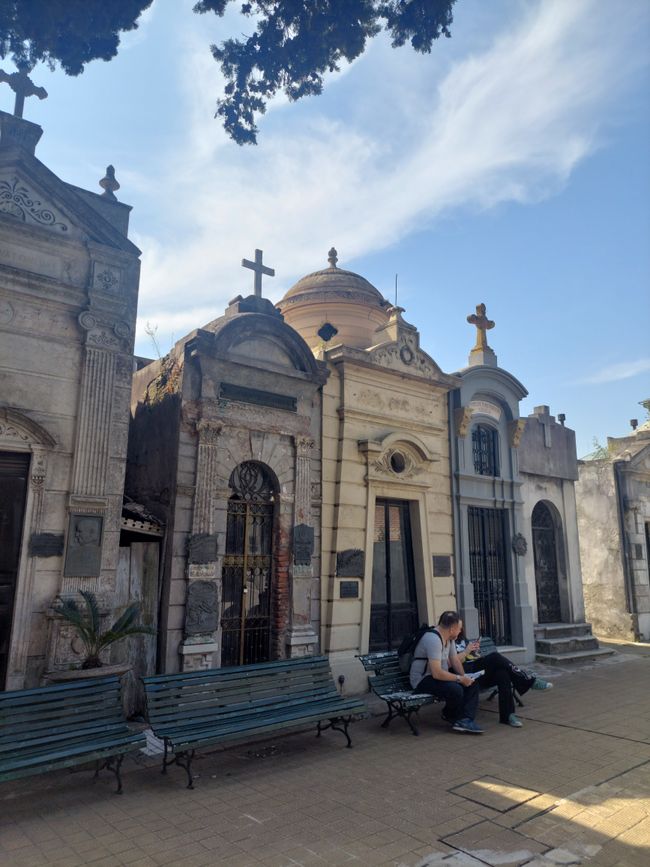
Berlangganan Newsletter
After a tiring flight with little sleep and legroom, we arrived in Buenos Aires early in the morning, where a driver organized by the accommodation was waiting for us. With the rising sun, we drove into the city and watched the city wake up.
Since we had a few hours to kill before we could check in, we went into the city after a cup of coffee. 1st stop: Western Union to get money. The currency situation in Argentina is complicated. Since inflation is so high (100% per year), many Argentinians prefer to have stable dollars, which is why the government has limited the amount of dollars that Argentinians can legally obtain per month. That's why a black market has developed, where the exchange rate is twice as high as the official exchange rate, which is why many tourists bring a lot of dollars in cash. Recently, however, you can also get a very similar exchange rate if you pay with a foreign Visa card, which is why we always do that when possible. However, to still have cash, you can send money to yourself at Western Union and pick it up at an even better rate. We didn't quite understand why, but we take advantage of it and first get cash. Only downside: we had to wait in line for over an hour. Then you get a thick bundle of money, because the largest banknote (1000 Pesos) is equivalent to about 2.50€.
After organizing the money, we took a look at the city: the central square Plaza de Mayo, the modern high-rise district Puerto Madero with the Puente de la mujer and finally we walked a long way through a nature reserve on the outskirts of the city to see the Rio de la Plata, the widest river in the world.
After checking in, we took a look at our neighborhood San Telmo, the birthplace of tango, which is why you can still find tango dancers on the squares there today.
The next day, we left later than planned because we met an old German at the reception who wanted to share all his experiences from the last 2 months in Argentina with us. Nice of him, but a bit patronizing. Eventually, we managed to start walking and headed towards La Boca. This is the former poor neighborhood of mainly Italian immigrants and popular with tourists mainly because of Caminito. This is a street where the corrugated iron huts are brightly painted and all sorts of figures look out of the windows. We also thought it was really nice, but didn't stay too long because we had booked a city tour in the afternoon and had chosen a bus that should take us there. But at the bus stop, it said that the bus goes somewhere else. So we went there (to the parallel street) and couldn't find the replacement stop. A nice woman then showed us the way to the replacement stop, where we waited for over 30 minutes for the bus, which according to Google Maps should come every few minutes. When the bus finally arrived, he told us that he doesn't go where we wanted to go and that we would have to take another bus, but he didn't tell us which one. Luckily, we found Wi-Fi and could research it ourselves. So we went to another bus stop, where we waited for 45 minutes for the bus, which according to Google Maps should come every few minutes. In the meantime, the city tour had already started, we gave up and looked for an ice cream. We quickly found one and bought a quarter kilo of ice cream together for under 2 Euros.
Finally, we decided to give a third bus stop a chance and took a bus from there to Plaza de Mayo and walked to the Buquebus ferry terminal to book tickets for the ferry to Colonia del Sacramento in Uruguay. Afterwards, we treated ourselves to a beer at the port and decided to take the subway rather than the bus for the next few days :) so we took the subway directly back to San Telmo, where we ate an Argentine pizza. Luckily, the waiter stopped us from ordering 2 pizzas, we also couldn't finish the one large pizza together because the crust and cheese were so thick that it was impossible. We didn't become big fans of this pizza, it was just too much cheese.
The next day, we took our first day trip from Buenos Aires to Tigre. One of the few trains in the country goes there, which we also took and in Tigre we took a boat trip through the Tigre Delta, a huge river delta where people live on many small islands. Afterwards, we walked through Tigre to the market, where we only bought a fruit salad. On the way back to the train station, we treated ourselves to churros and thus fortified, we could start the return journey.
The next day (Good Friday) was our city tour day. We had booked a Free Walking Tour at 10:30 am through the neighborhoods of Recoleta and Retiro, and we also caught up with the city tour we missed on Wednesday at 3 pm through the Microcentro. So on this day, we walked and stood in the city for almost 6 hours. We learned a lot about the Falklands War (or Malvinas), the military dictatorship, and inflation in Argentina, and saw many beautiful buildings and parks. This time too, we couldn't completely rely on the previously researched public transportation, as the subway we wanted to use to get from one city tour to another wasn't running and we had to walk. But this time we made it in time :)
On Holy Saturday, our trip to Uruguay was planned. We had to be at the ferry early to check in and complete the border formalities, for which we stood in line again for about 1 hour. Everything worked out, but we didn't get an entry stamp for Uruguay (in Argentina they don't give stamps in passports anymore anyway). Nevertheless, we were let onto the ferry and into the country. The ferry took about 1 hour and 15 minutes to cross the Rio de la Plata to Colonia del Sacramento, where we first took a short tour through the pretty little town. The tour guide then invited us to join a half-hour bus tour of the town for free, because a family had booked it and the bus was running anyway. We took advantage of that and also visited the bullfighting arena, which was only in use from 1910 to 1912, because bullfighting was banned afterwards. We also took tourist photos at the Colonia sign before returning to the small historic center. There, we strolled through the alleys after lunch, where Portuguese and Spanish houses alternate, as the city was always occupied alternately by these two nations. Today, the city center is a UNESCO World Heritage Site and worth seeing. The return journey was much faster at the ferry and we received an exit stamp from Uruguay; so we now have an exit but no entry stamp :) Back in San Telmo, we looked for Easter eggs in the supermarket (and found them) and were then so exhausted that we quickly fell asleep.
On Easter Sunday, we took it easy. We slept as long as possible to still get breakfast, then rested a bit more and hid the 2 eggs bought in the courtyard of the hotel. Typical for Argentina, these chocolate eggs were filled with colorful, sugary parts. Finally, we got up and went to the San Telmo market, which stretches the entire main street on Sundays, drank freshly squeezed juice, visited the Buenos Aires Cathedral, where an organ concert for Easter was just ending, and walked to the Palacio Barolo. This one is based on Dante's Divine Comedy; the lower floors represent hell, the middle ones purgatory, and the upper ones heaven. We went to the bar on the 16th floor, for which we took a historic elevator for 14 floors and had to walk 2 floors because the elevator only goes to the 14th floor, as you are not allowed to go from hell to heaven without going through purgatory first. On the terraces of the bar, we saw the sunset over the city and the starry sky (as much as you can see in a city like Buenos Aires; at least we found the Southern Cross) and had cocktails and appetizers because we had to reach a minimum consumption value. A very nice luxury that we treated ourselves to at Easter. The luxury continued: from Palacio Barolo, we walked to a restaurant where we had a 3-course menu, drank wine, and watched a tango show. It was very entertaining with good musicians and dancers, so we almost forgot our tiredness at this late hour (the show started after 10 pm).
The next day was our last day in Buenos Aires. After checking out, we dared to take the bus again and successfully made it to Recoleta Cemetery. It consists of mausoleums and is structured like a city with little alleyways. Afterwards, we walked to the Palermo neighborhood, but didn't have much time left to visit the parks there and took the bus back to the accommodation once again (successfully), where we picked up our luggage to then go to the bus terminal. We are currently writing this post on the bus to Iguazu Falls, which will take us there overnight in just under 18 hours. That's why we have time to write such a long post about our first destination, we suspect that the next posts won't be quite as long :)
Berlangganan Newsletter
Menjawab (1)
Birgit
Schön, so viel von euch zu lesen. Ich freu mich schon auf den nächsten Bericht. 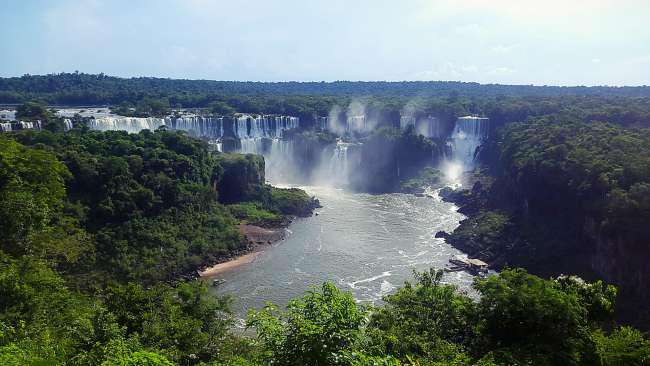
Laporan perjalanan Argentina
